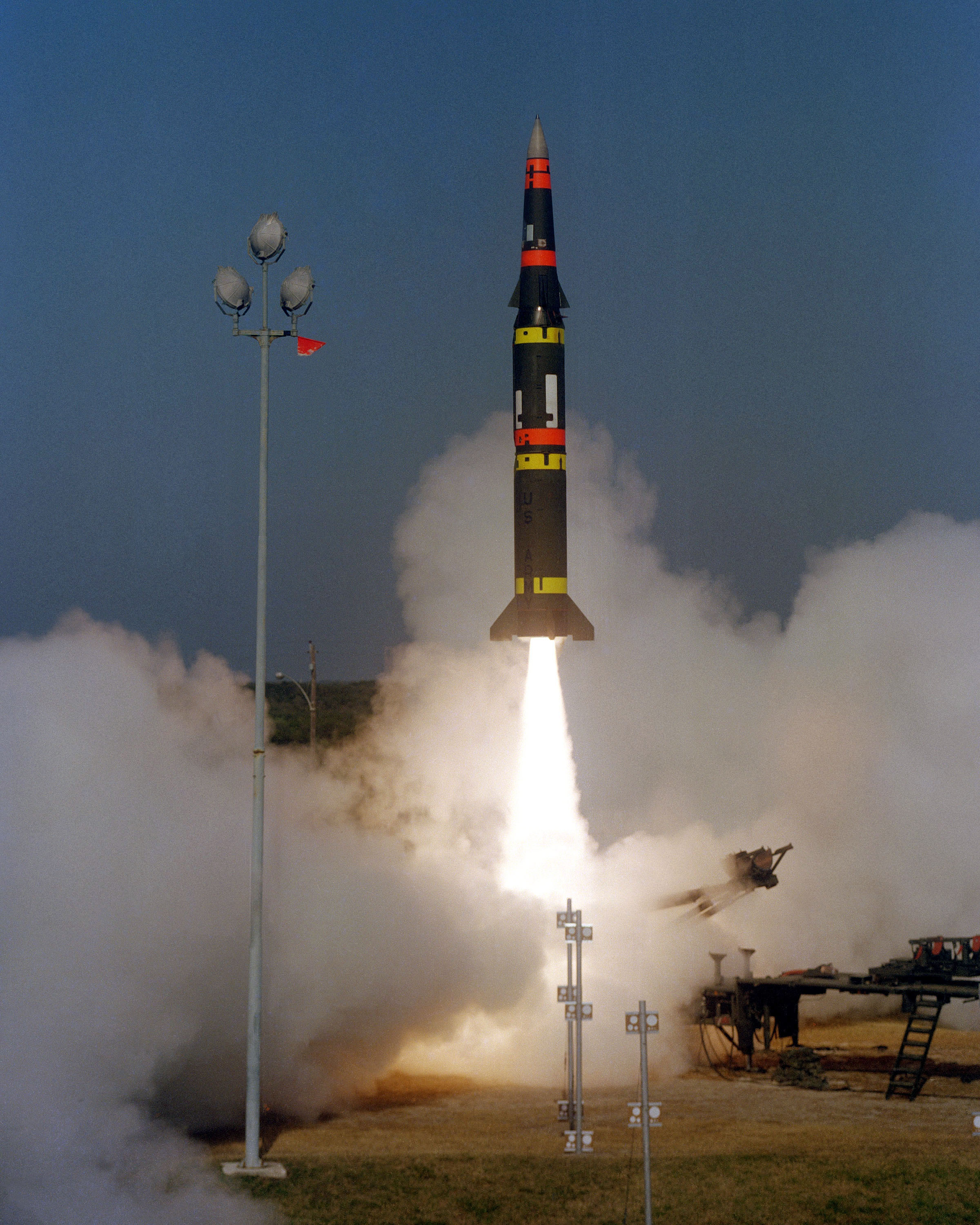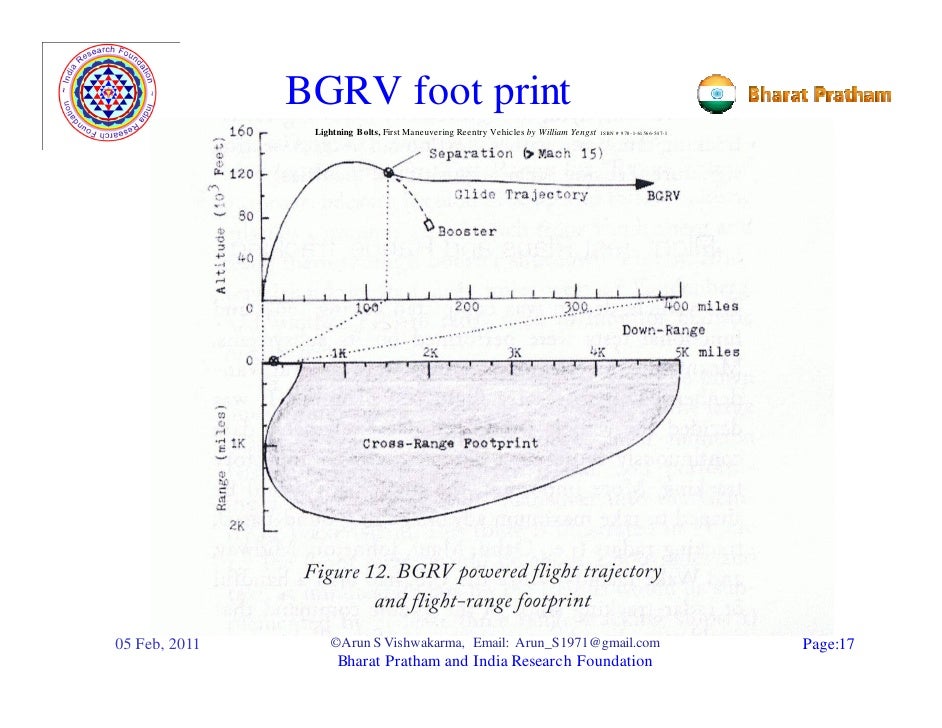All those who studied basic math physics will know how a projectile moves? In a parabolic shape?
All ballistic misiles travel a parabolic path and are essentially projectiles after the stages fall off in 2-5 minutes or less. They travel on kinetic energy and under influence of Gravity.
So we all know that Ballicti missiles have a maximum range. But less known is the fact that they also have a minimum range , inside of which the parabolic path will lose shape and accuracy or even stability of missile cannot be guaranteed and parameters like angle of re-entry cannot be controlled and missile will have a much high risk of disintsgrating on re-entry.
For example Indian Agni 5 cannot hit any target within 2000 km of initial firing position.
Pakistan's Shaheen-2 cannot hit anything closer than 5-600.Km.
Likewise say for example we make a missile with 10,000 km range. It will have a minimum range of may be 5000 km.
So that ICBM will not be any threat to India and will be pointless.
Warhead buses will alter the calculus though, most modern missiles aren't unitary - they feature separating warhead buses (this isn't true for tactical and battlefield ballistic missiles like SCUD).
Take the Pershing II MaRV as an example. For all the talk of Hyper Sonic Glide Vehicles in future combat - and their development by the US and China, the Pershing II actually pioneered that concept with its MaRV, a maneuverable re-entry vehicle, and was able to hit targets beyond the missile's range because its re-entry bus could maneuver and glide to a target up to X distance (that's classified) beyond the missile's maximum range:
The MaRV, like a HGV, would pitch up and glide at high speed towards a target beyond the missiles maximum range - Pershing II was a MRBM with a range of 1,770 Km - that's the missile's range, its warhead could extend that further, it was also had an earth penetrating capability. It was incredibly accurate with a CEP of less than 30 meters.
The biggest difference between a MaRV and an HGV is range, not speed or maneuverability.
Because of its maneuverability, Pershing II was tested as an ASBM, but that program was terminated following several arms reduction treaties with the Soviet Union/Russia. The in turn means China's DF-21D is technically feasible, but still really difficult.
Your point about a minimum distance is valid, though that too can be altered, as noted in the "top-down attack" capability of some battlefield ballistic missiles such as ATACMS, but the maximum distance of a missile's warhead can be extended based on the type of warhead bus it carries:
Sorry, there isn't a larger version of this image, but it demonstrates ATACMS ability to pitch down mid-flight and strike a target beneath it:
So i believe the ICBM which can target most NATO members(excluding turkey for obvious reasons) in europe will keep america and NATO out of this region and they will think thrice before any misadventure. What do you think?
Would you define "this region" for me? Where does that begin and end, I'm not familiar with Pakistan's regional relations. Would Pakistan extend its nuclear umbrella to Afghanistan, Saudi Arabia or any other regional nation? If not, then an ICBM wouldn't deter the US, let's leave out NATO since they wont act unilaterally or without provocation, but without a nuclear guarantee from Pakistan, those nations under-threat wouldn't be given a reprieve.
Even then the threat of a retaliatory or escalator strike would likely back Pakistan down as it did with the Soviets and Russia when the US makes trouble in their "backyard" - same goes for the US being backed-down when the Russian's make trouble in ours.
Contrary to popular reasoning, two nuclear armed entities are at risk of confrontation more-so if they both have nuclear weapons, but not directly. Instead, via the Stability-Instability Paradox, the potential for proxy conflicts increases:
Stability–instability paradox
The stability–instability paradox is an international relations theory regarding the effect of nuclear weapons and mutually assured destruction. It states that when two countries each have nuclear weapons, the probability of a direct war between them greatly decreases, but the probability of minor or indirect conflicts between them increases. This occurs because rational actors want to avoid nuclear wars, and thus they neither start major conflicts nor allow minor conflicts to escalate into major conflicts—thus making it safe to engage in minor conflicts. For instance, during the Cold War the United States and the Soviet Union never engaged each other in warfare, but fought proxy wars in Korea,Vietnam, Angola, the Middle East, Nicaragua and Afghanistan and spent substantial amounts of money and manpower on gaining relative influence over the third world.
This paradox tells us that nuclear weapons wouldn't actually deter the US from adventuring into Pakistan's neighborhood, unless Pakistan ensure a nuclear safety guarantee to its neighbors and is willing to risk an escalation with the US.
So to answer the question from my perspective, no, Pakistan does not need ICBMs, the cost would be too high to be justified and the necessity too low. Pakistan needs missile that can affect regional concerns, perhaps up to MRBM or IRBM, but it does not have concerns trans-continentally that would justify the acquisition of an ICBM
There is nothing different in ICBM and Satellite launcher both are same one delivered satellite and other can deliver bomb .
Precisely, a SLV is an ICBM without a guidance system - which is what separates missiles from rockets. Besides, investing in space allows Pakistan new avenues such as satellite communications, navigation and electronic intelligence, all of which make it far less brittle and allow it flexibility - such as communications satellites supporting AWACS and ground control, rather then relying on the latter two alone.
Japan's epsilon SLV is considered an ICBM, only without the warhead and guidance package, both of which can be supported if needed:

















